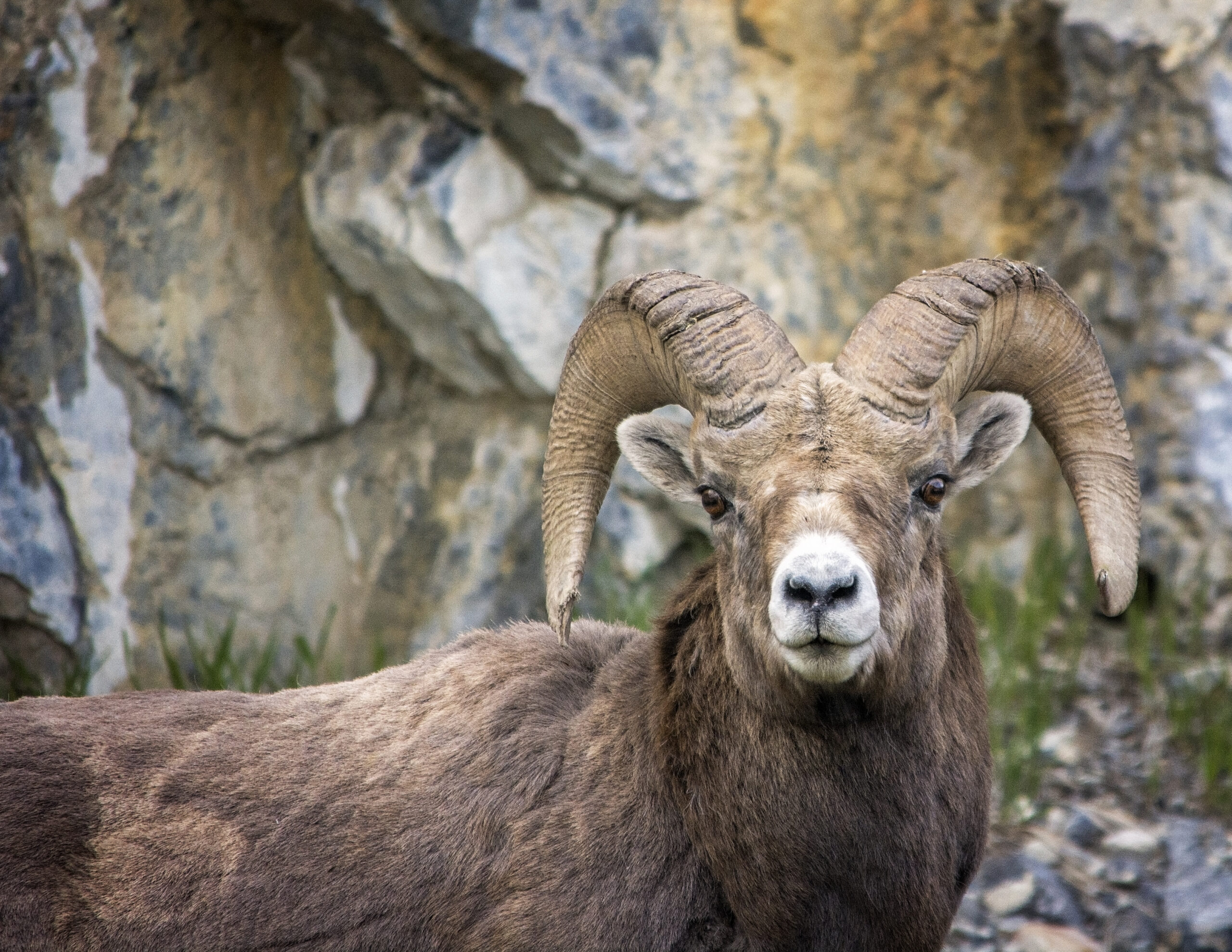The study “Undesirable Evolutionary Consequences of Trophy Hunting” by Coltman et al. (2003) highlights how selective hunting of bighorn sheep in Alberta has led to a decline in genetic quality over time. Trophy hunters typically target rams with the largest horns and bodies—traits that are heritable. By consistently removing these high-quality individuals before they can reproduce, trophy hunting reduces genetic diversity and reproductive potential within the population. Over 30 years, researchers observed measurable declines in horn length and body size, indicating microevolutionary shifts driven by hunting pressure. These changes not only compromise the species’ long-term adaptability but also threaten the sustainability of the trophy hunting industry itself. To mitigate these effects, the study recommends age- and trait-based harvest regulations, ongoing genetic monitoring, and education promoting sustainable hunting practices. Without science-based management, trophy hunting risks undermining both conservation goals and ecosystem health.

